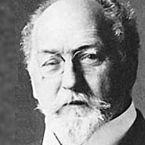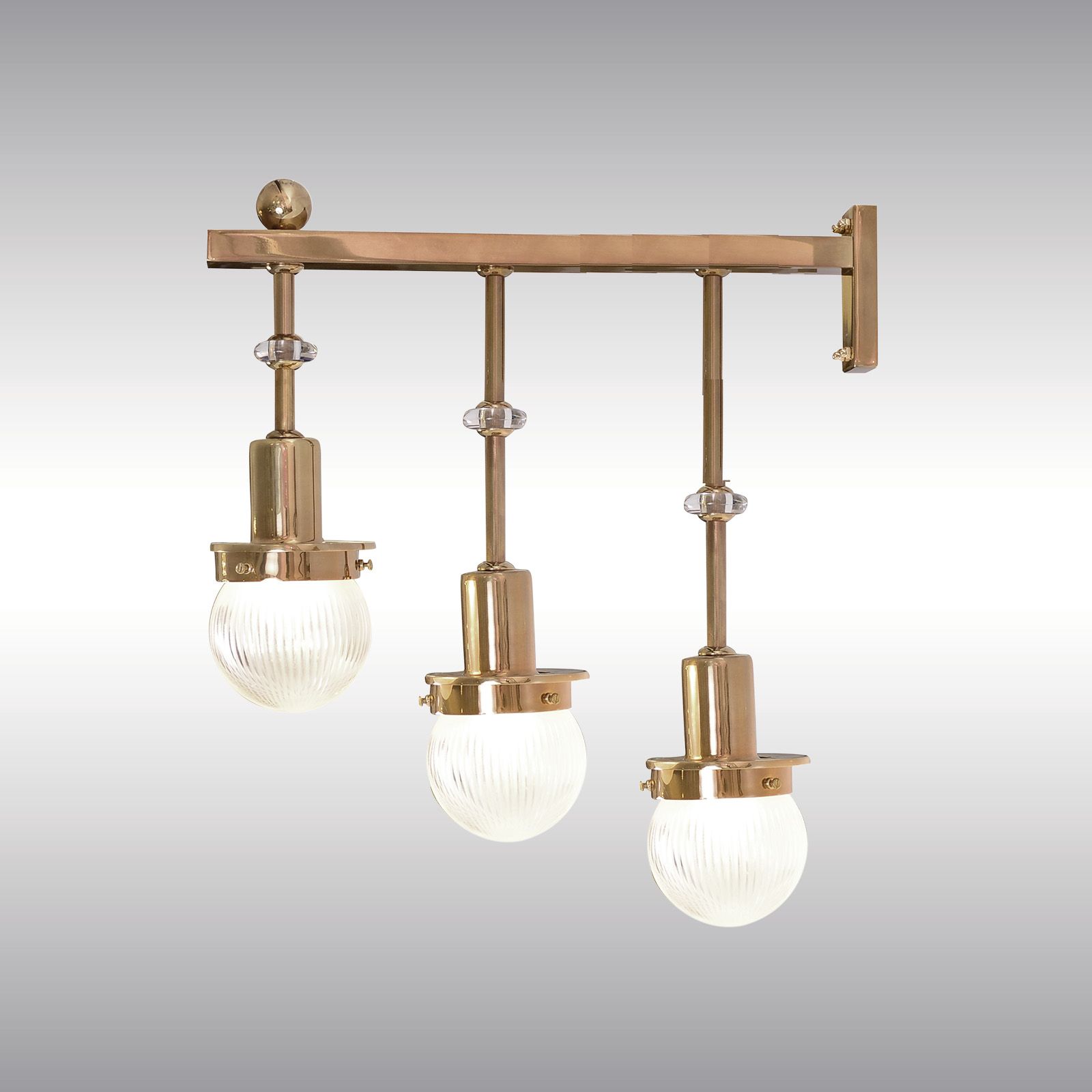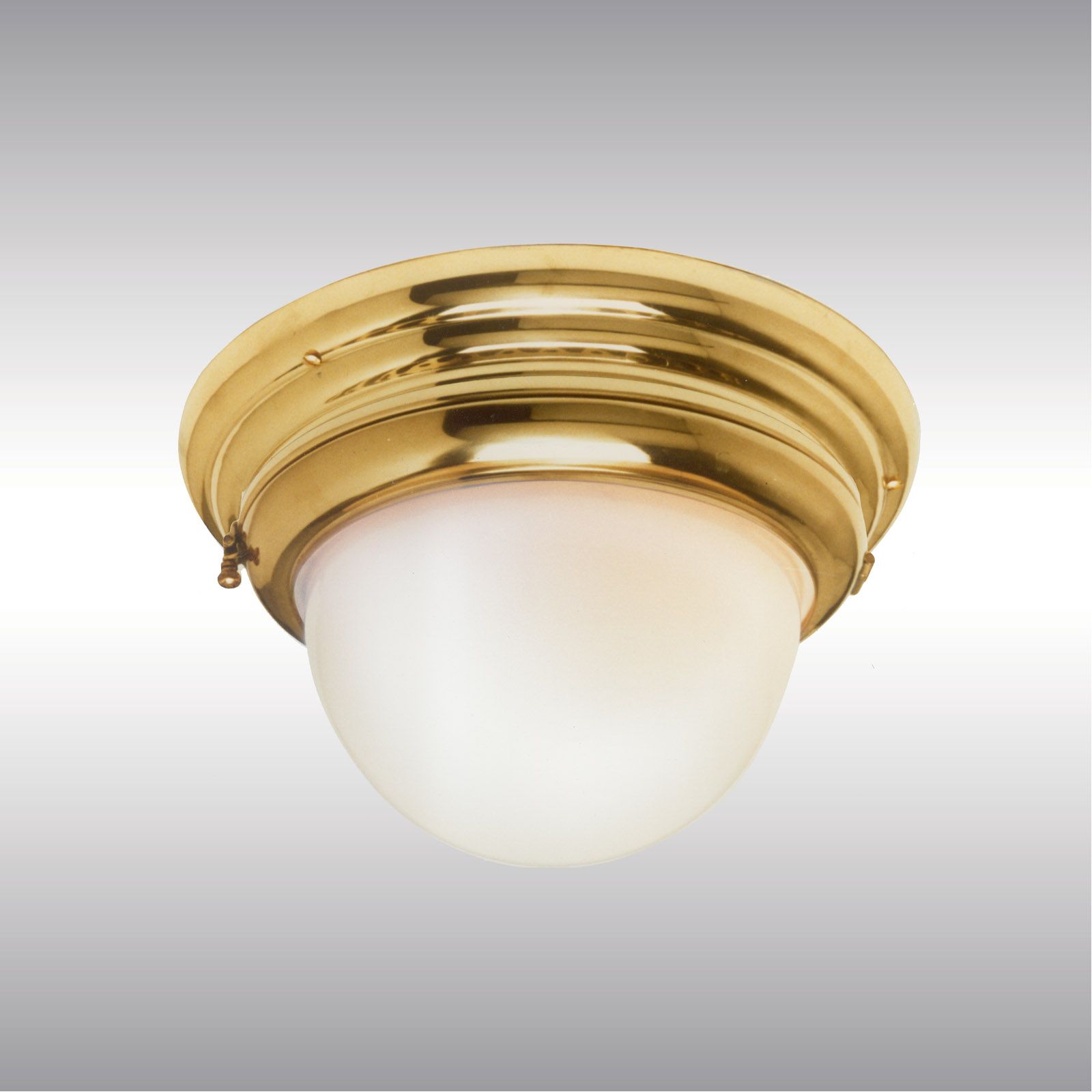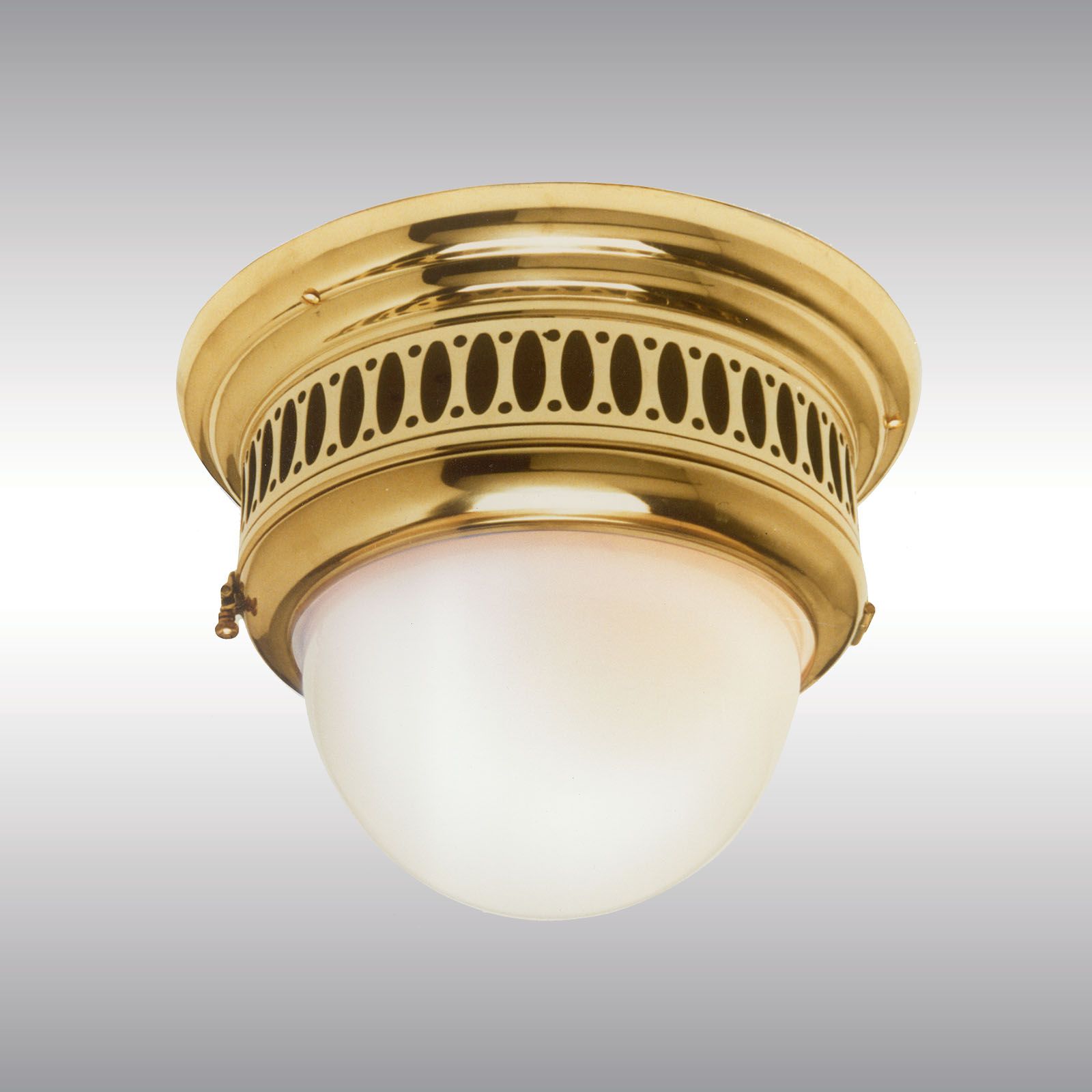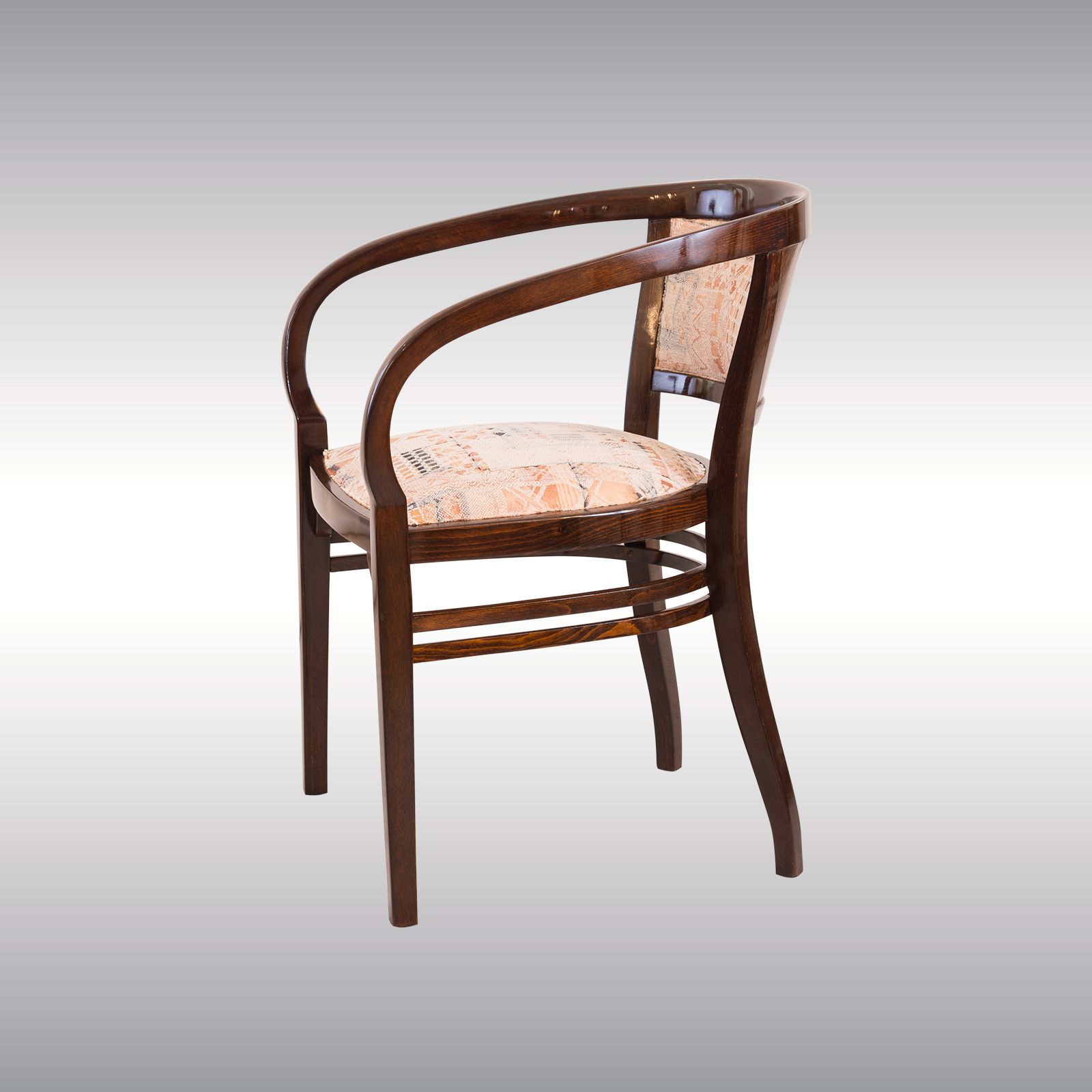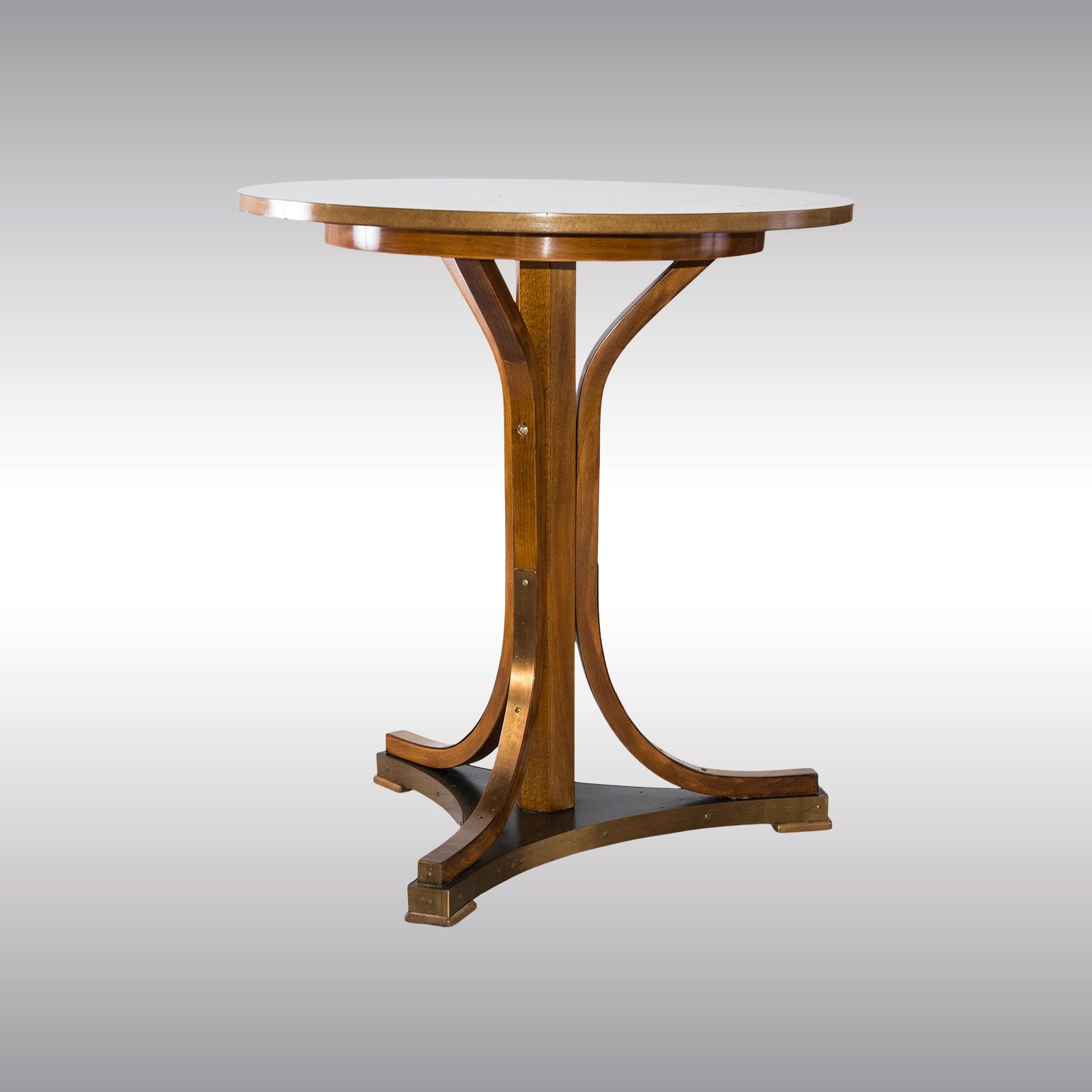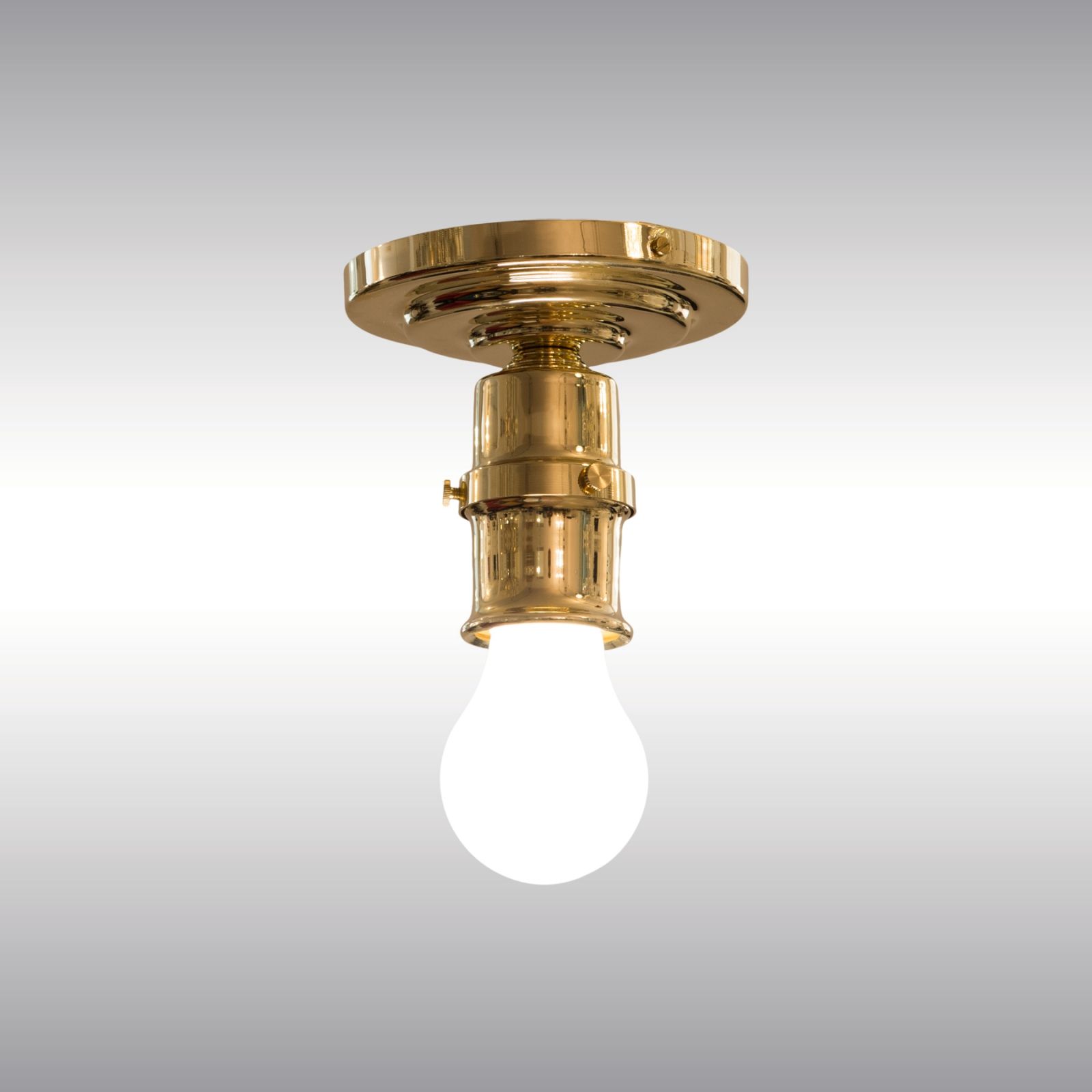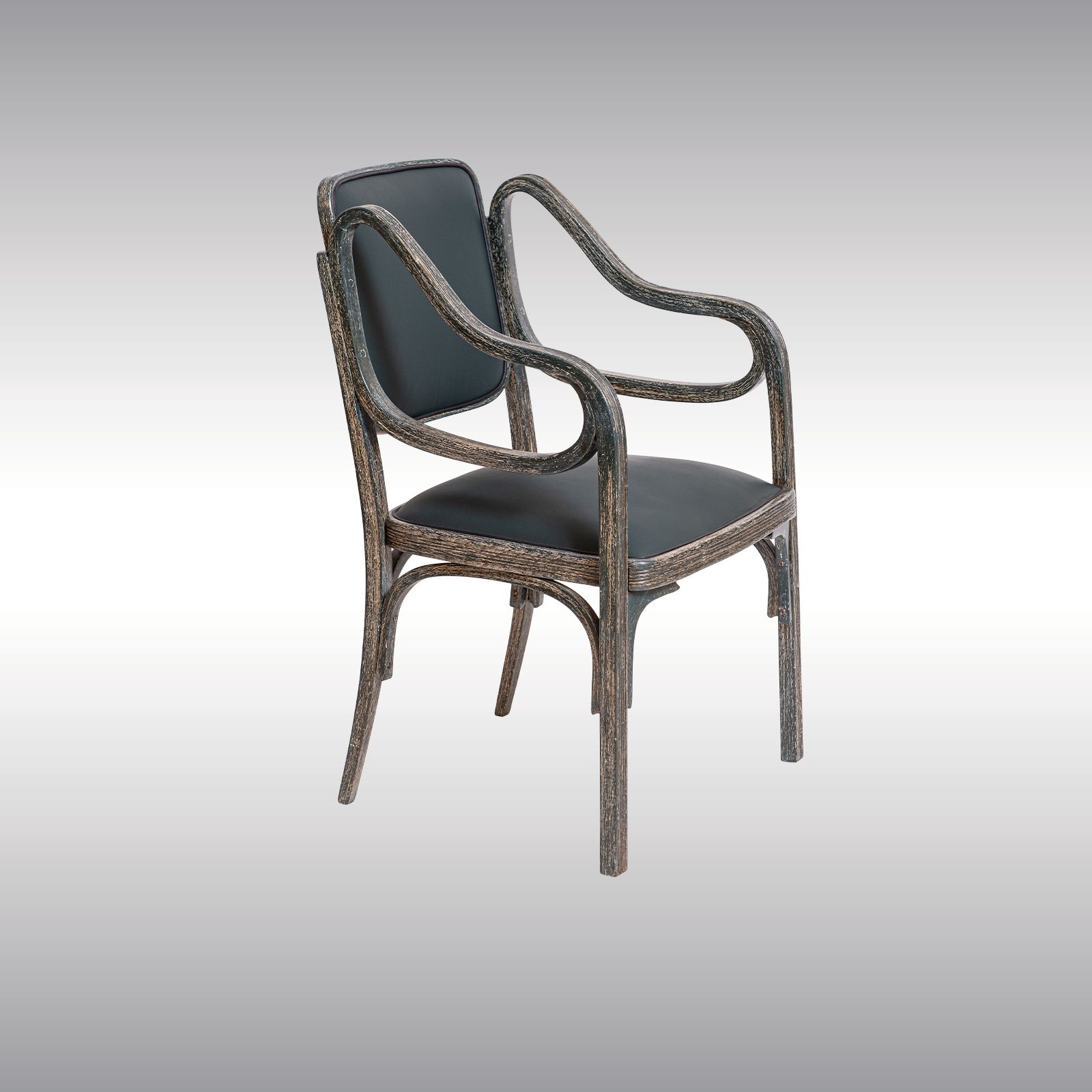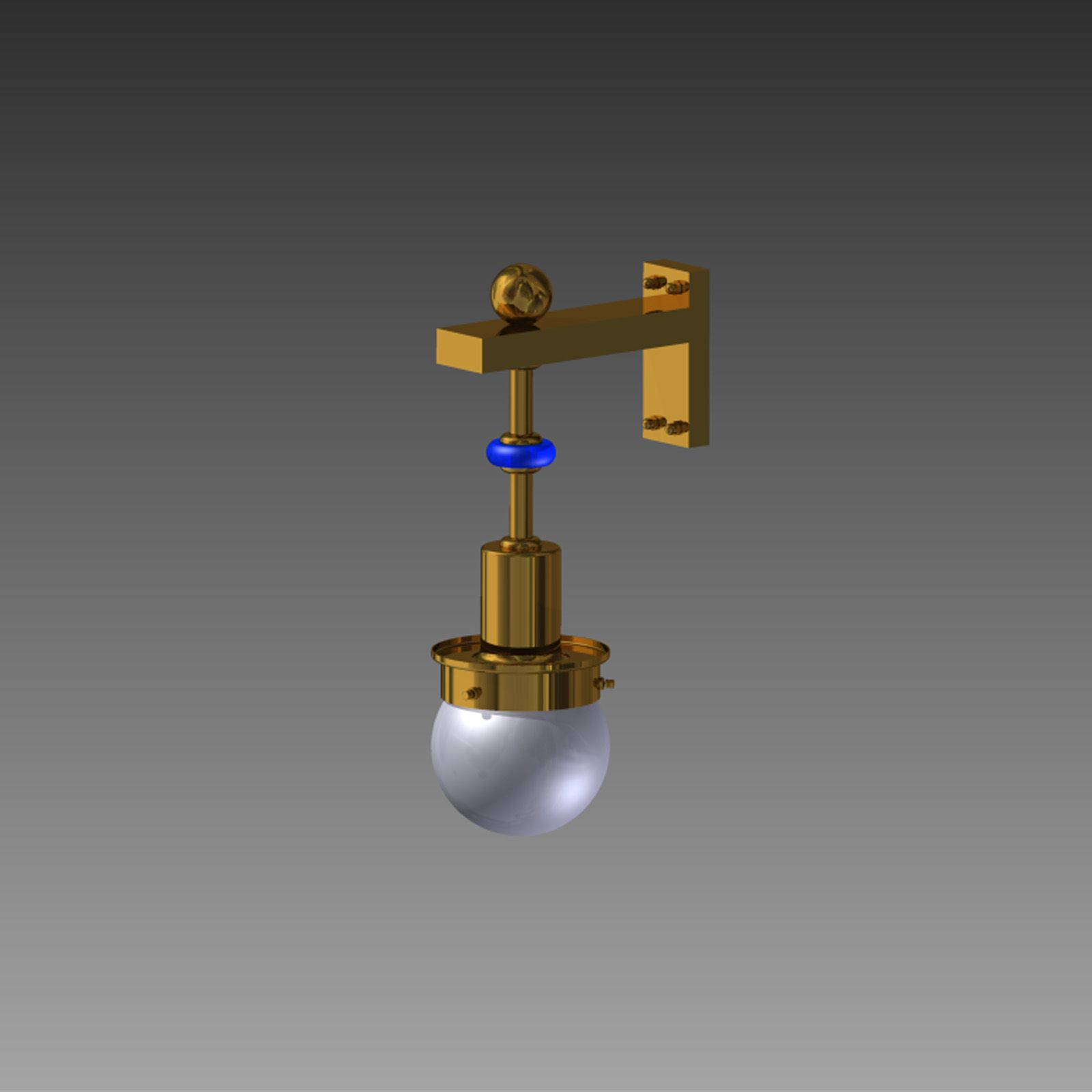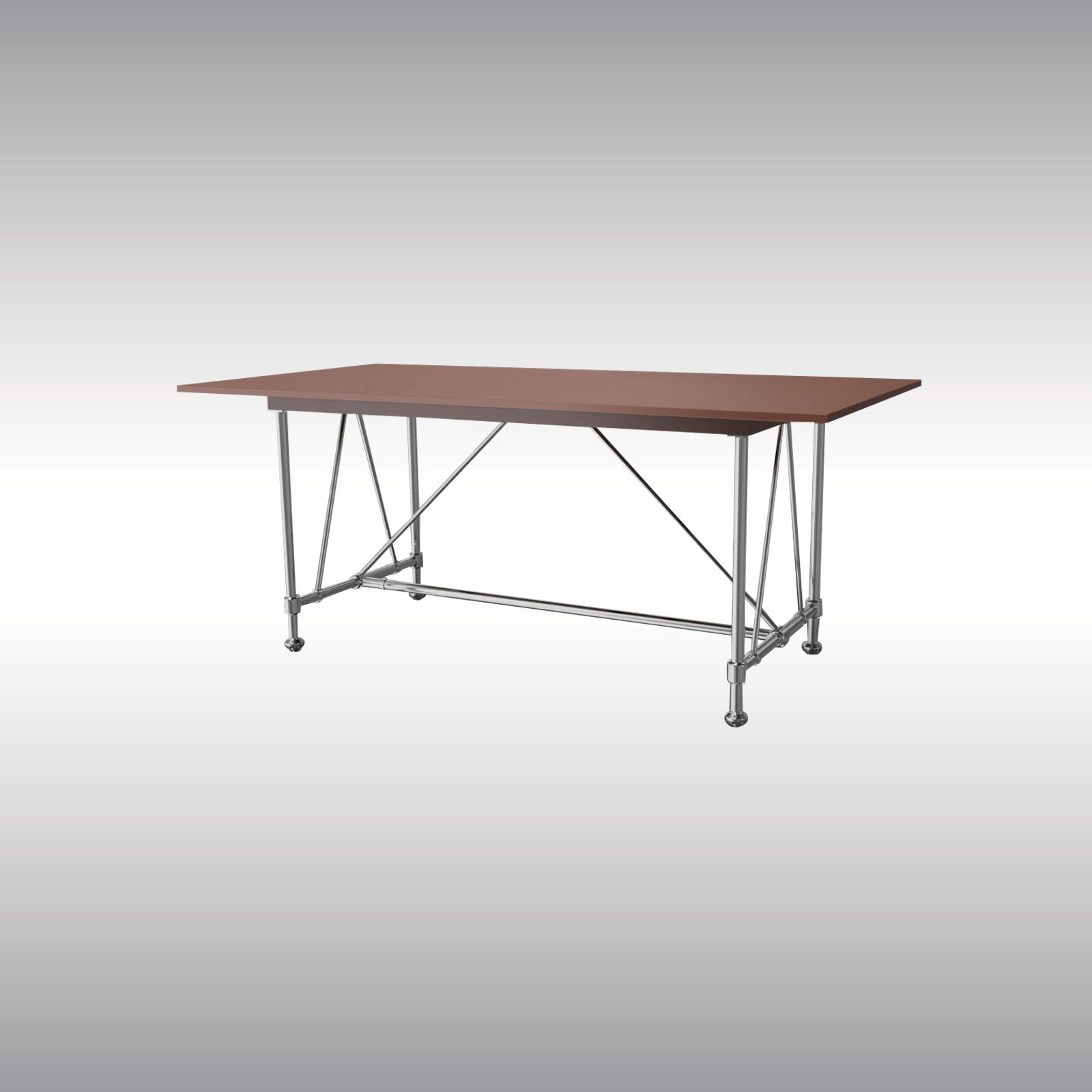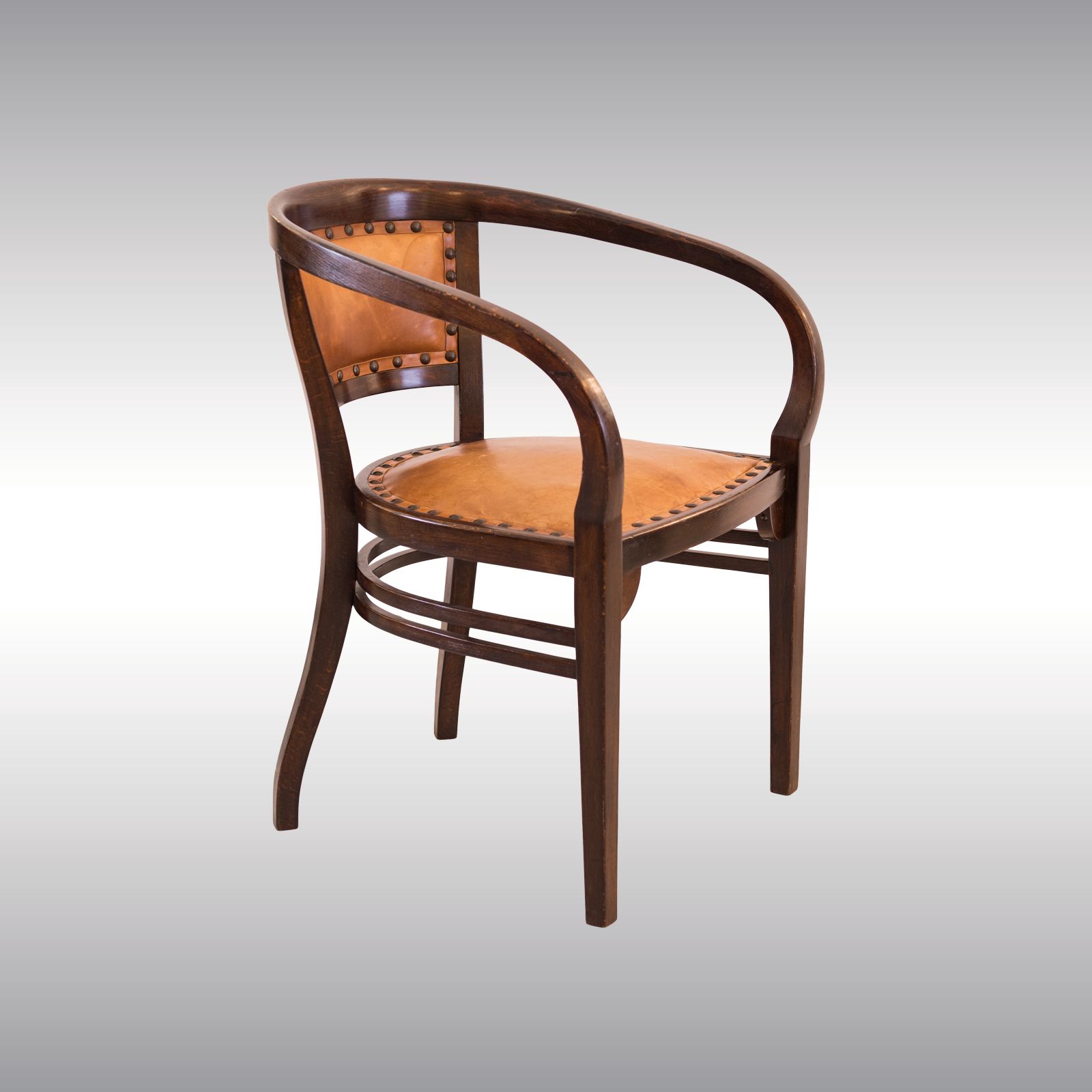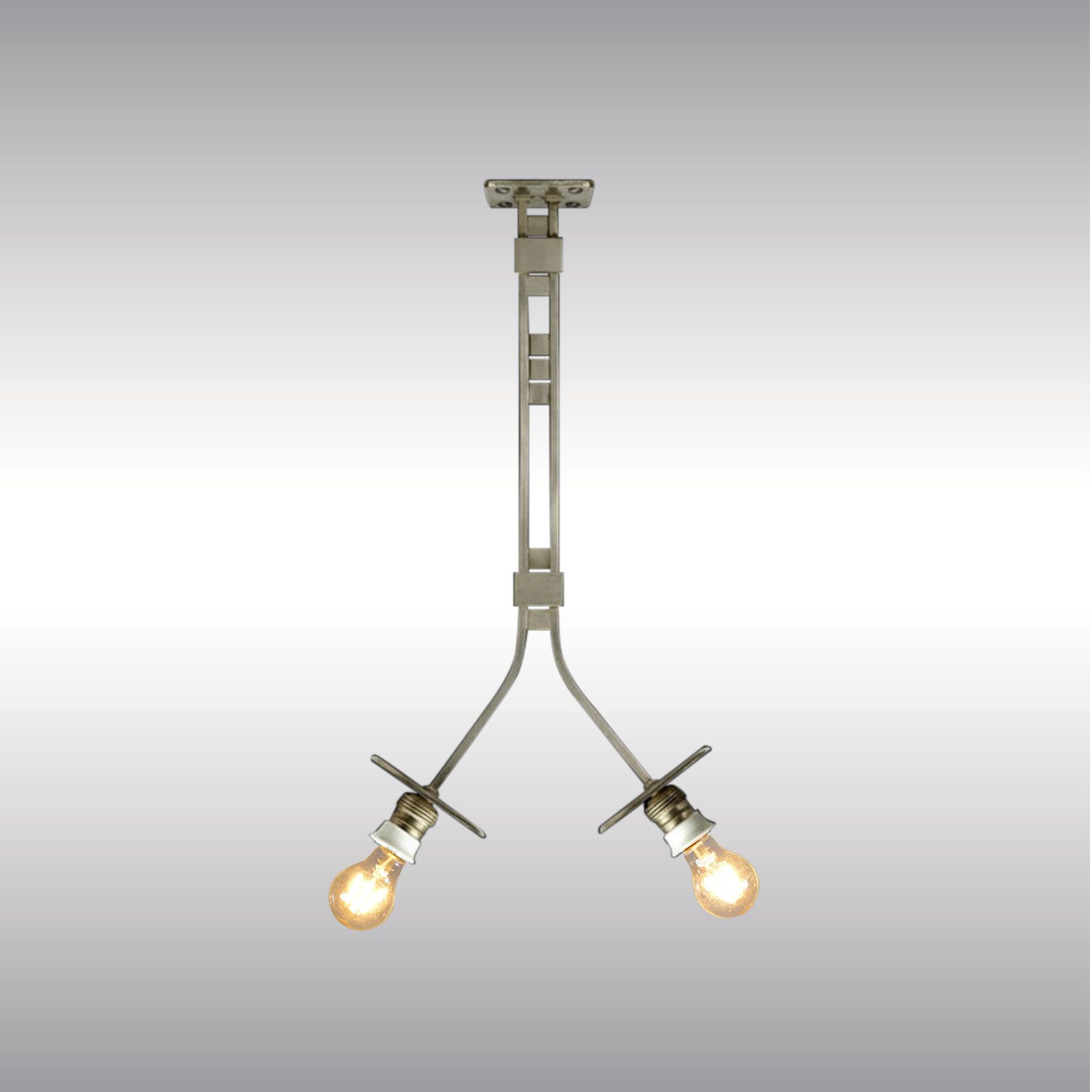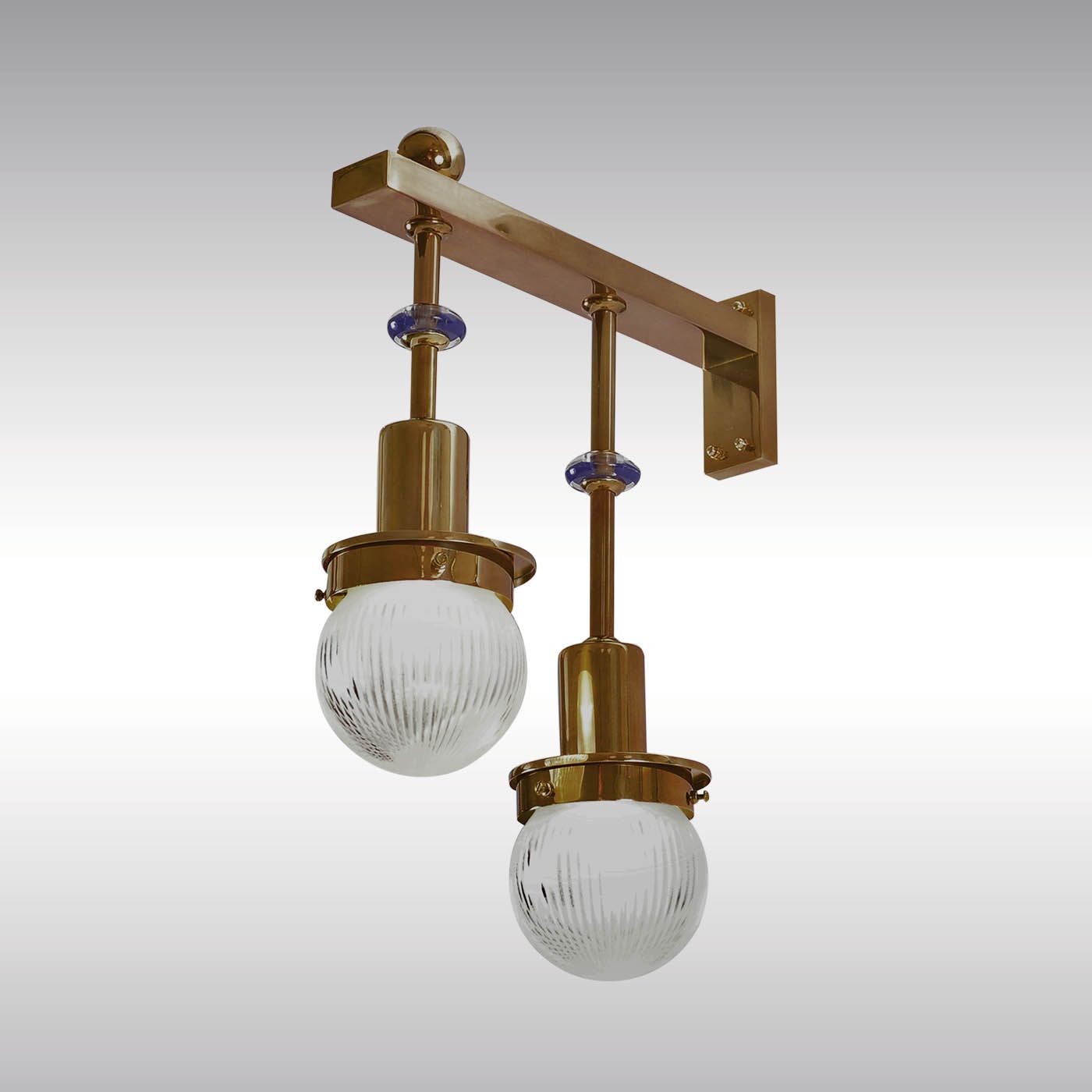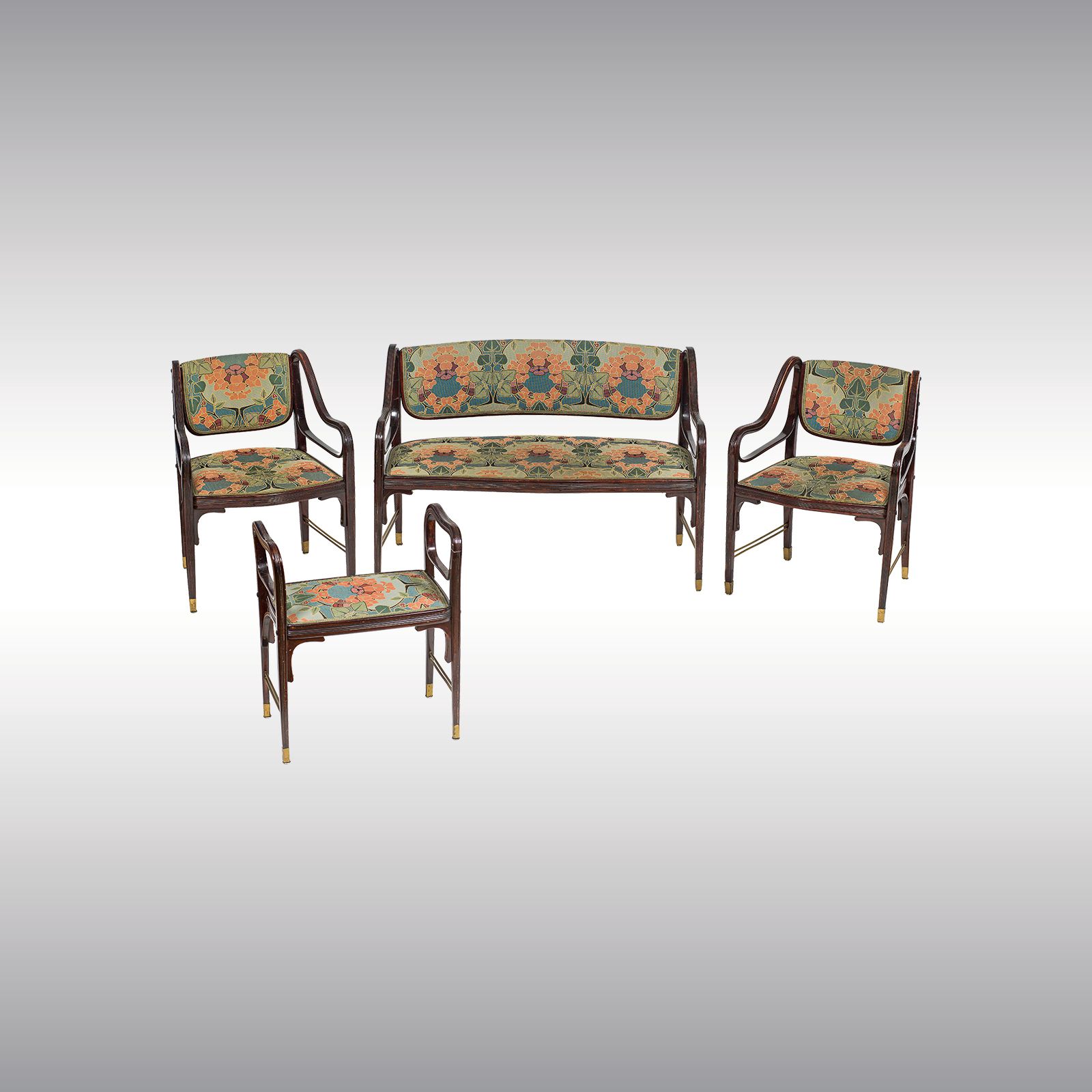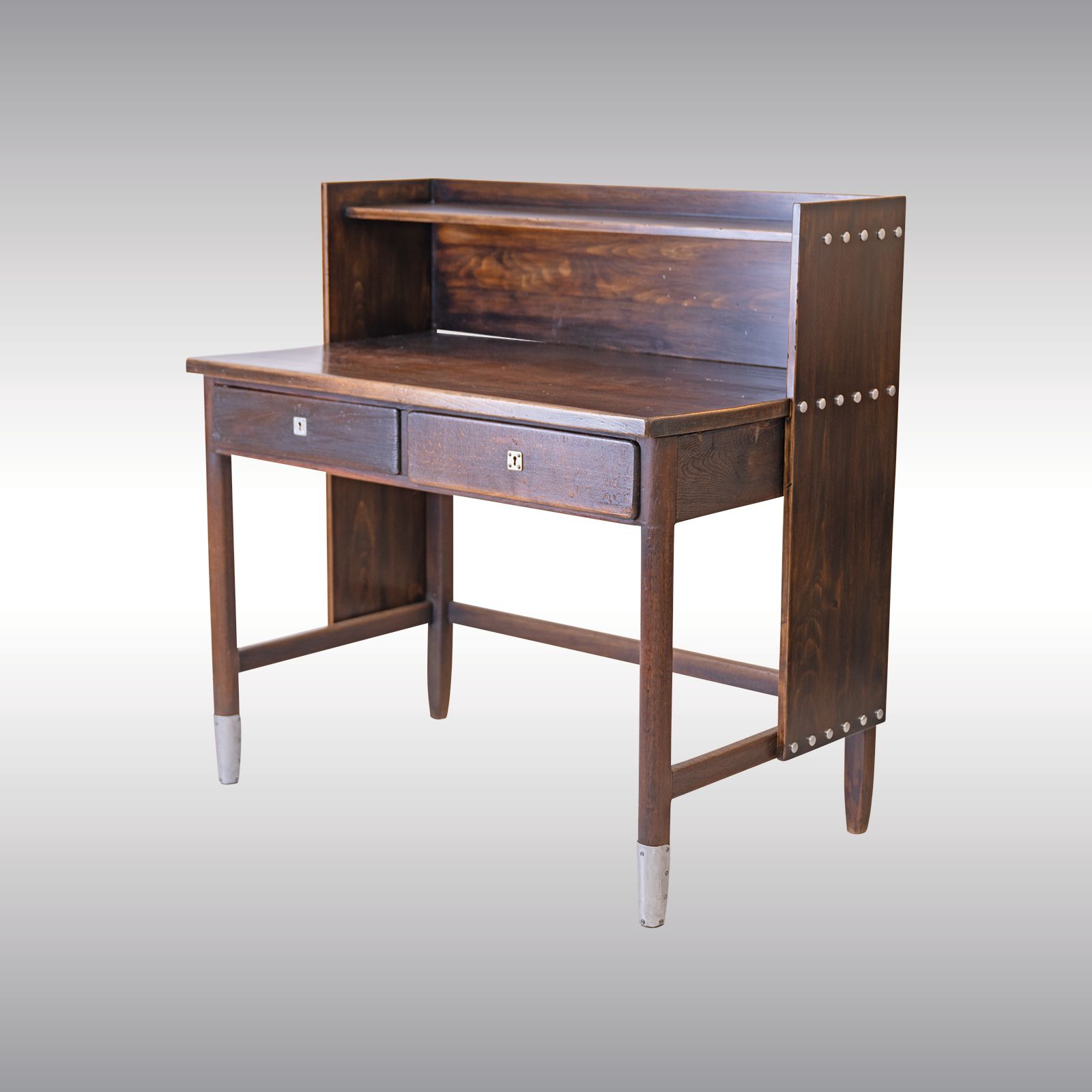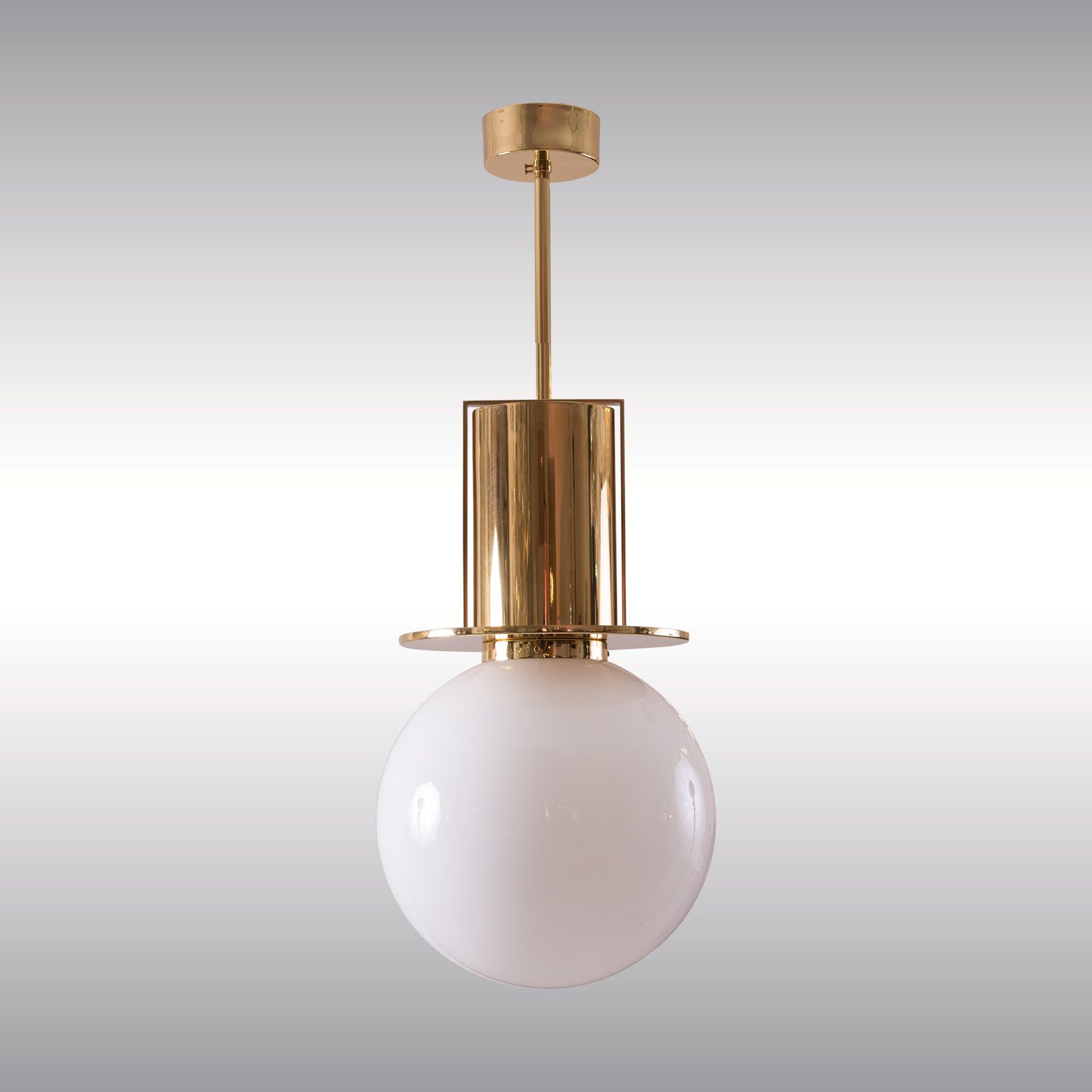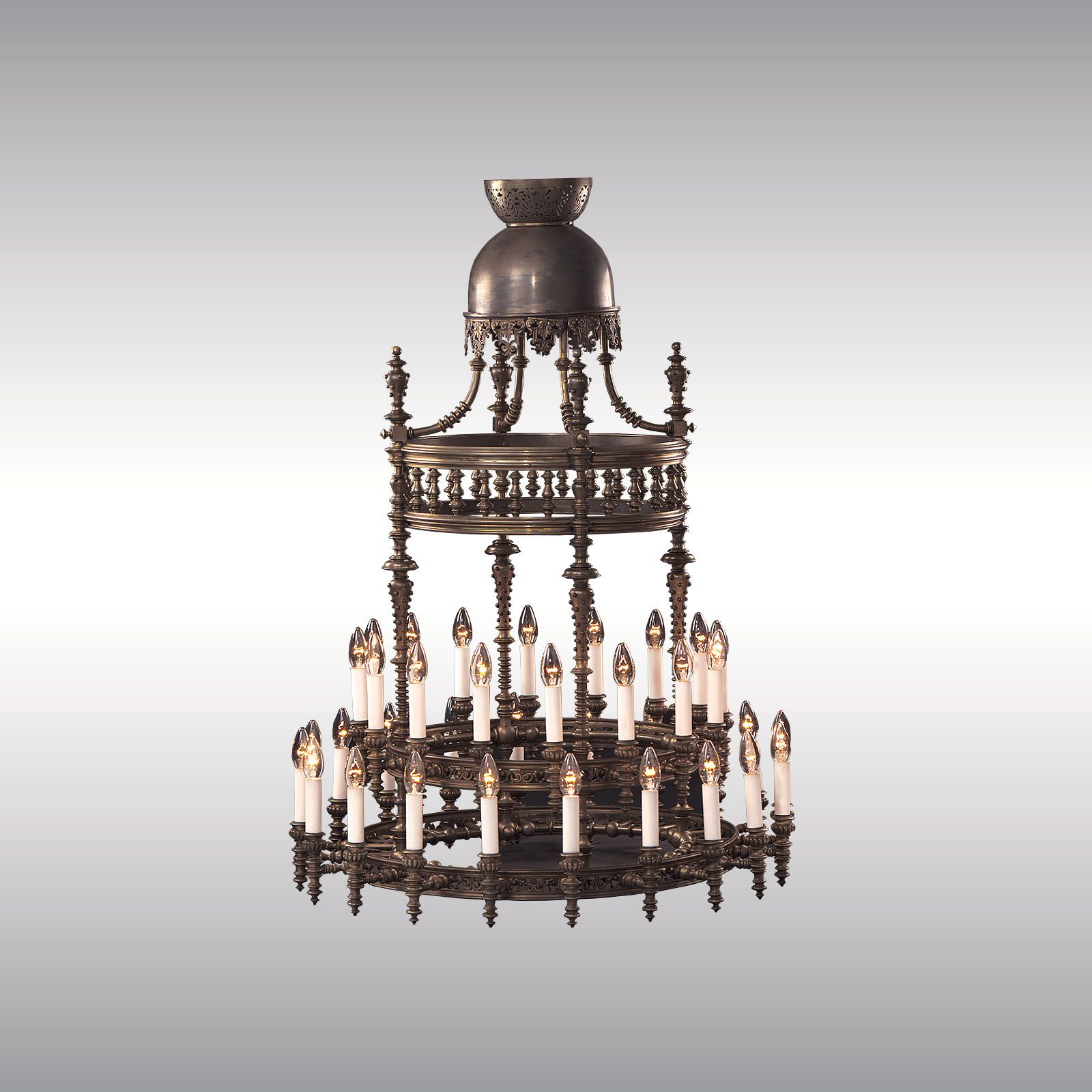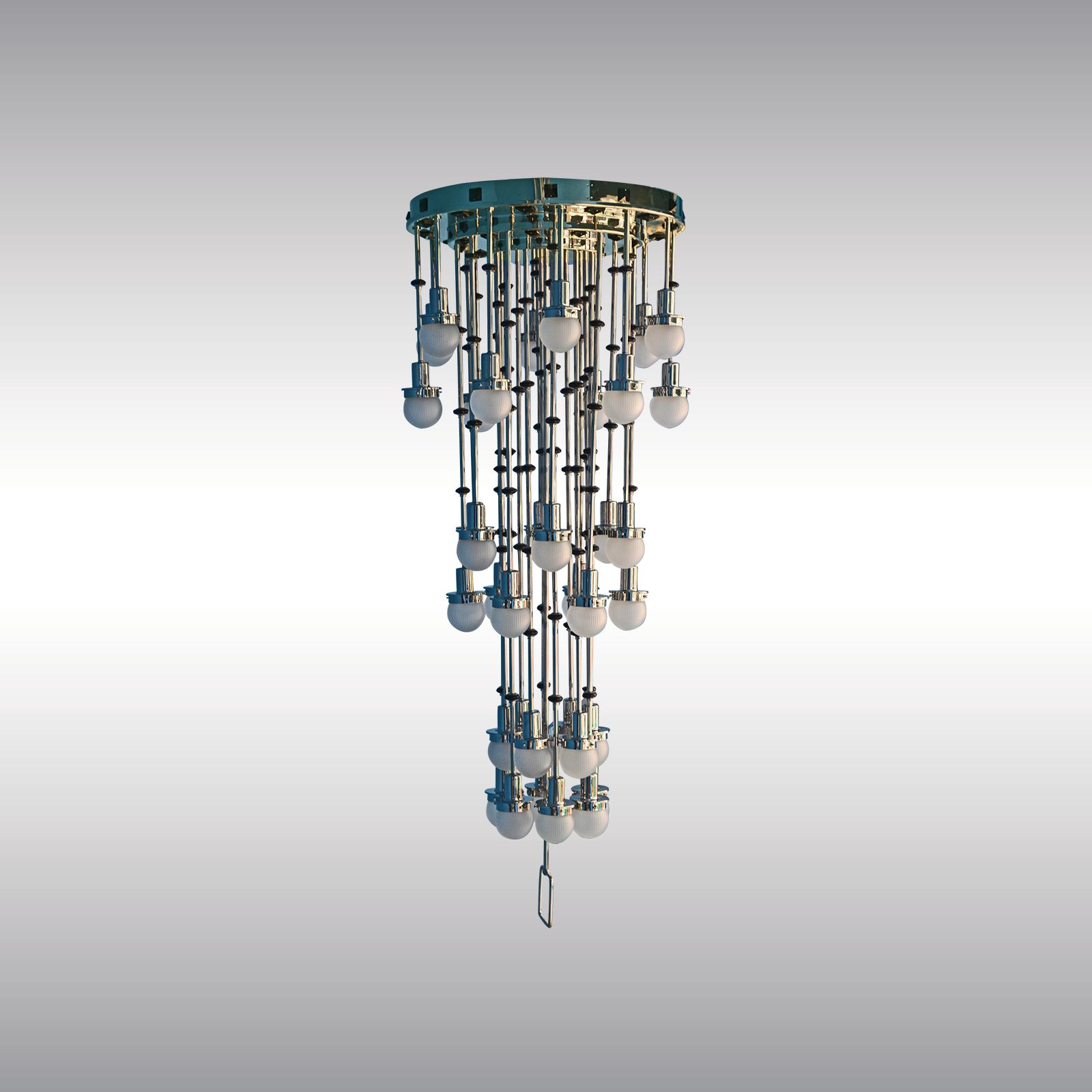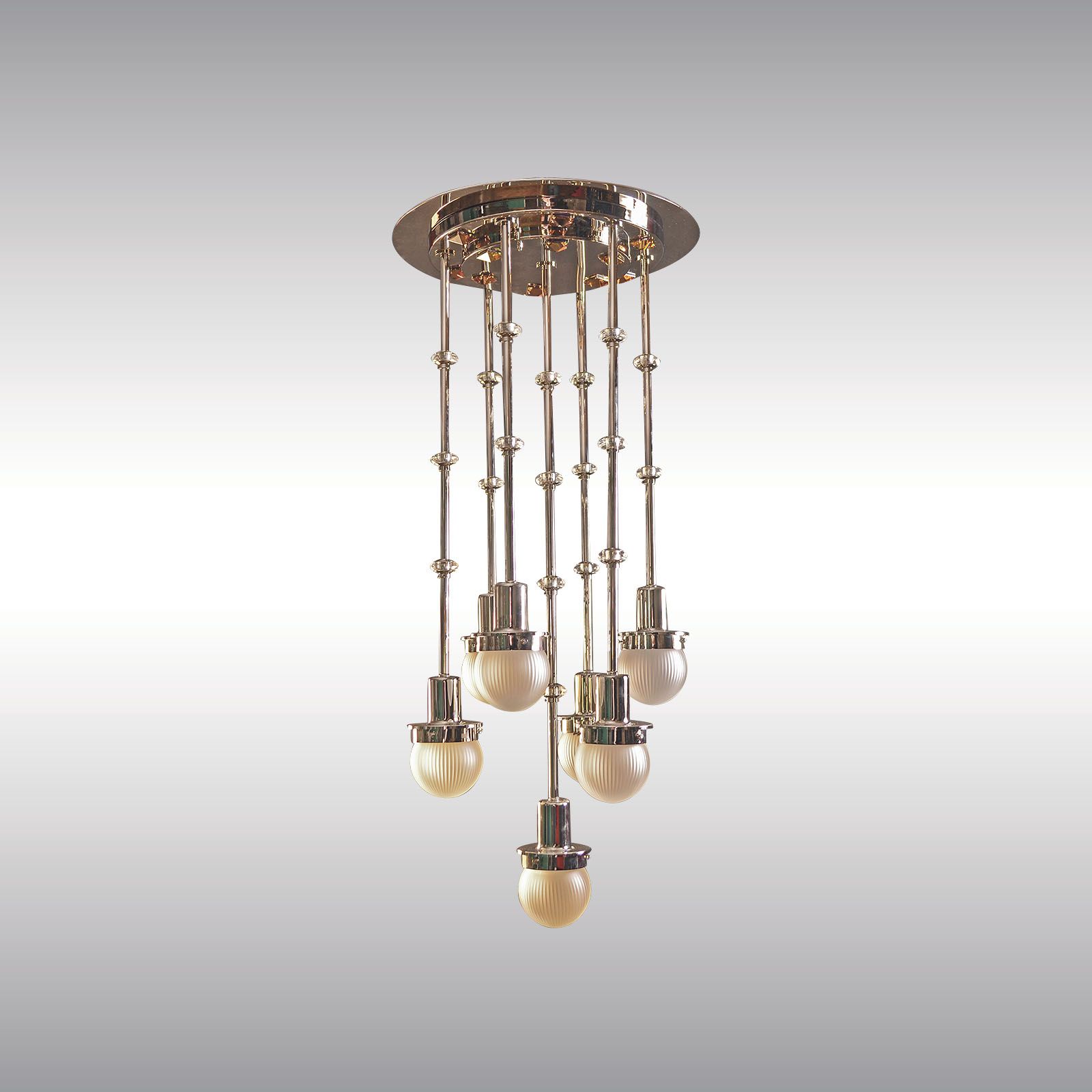Early works
It was the Viennese architect Otto Wagner, who played an important role in bridging the gap between historicism and modern developments in architecture.
Wagner studied from 1857 at the Polytechnikum in Vienna, attendet from 1860 to 1861 the Royal school of architecture in Berlin and completed his education at the Academy of Fine Art in Vienna. He collected practical experience in the atelier of Ludwig von Förster.
The first decade of his career served to turn Otto Wagner to a sucessful architect. The Grabenhof (1873) is a clear example of the connection with Theophil Hansen. It was an early work by Wagner, in which he didn't show that which would later account for his popularity and importance. It can be closely linked to historicism but the ambitiousness of the building goes further than the usual historicist buildings. For there are in fact three building which Wagner integrated into an imposing facade. Seen from the front the building gives the impression of complete symmetry, that is not the case when one examines the internal aspects of the building.
About 20 years after the Grabenhof, Wagner built the so-called Ankerhaus, completed in 1894. It is a building using modern construction techniques. A glass facaded base is supported by two ground-floor pillars and its crown with an elegant glass roofed pent-house.
Wagner, who was well-off and not depending on contractual work, often built houses, in which he himself lived and later sold, such is the so-called First Wagner-Villa of 1885.
The story goes, that crown-prince Rudolf originally commissioned the building, errected "in the palladian style", that wagner admired so much. He adopted these elements and developed them in his own way.
The two appartment-buildings errected in 1888 and 1889 on the Universitätsstraße als later the Palais Hoyos on the Rennweg show Wagners unmistakable style allthough there is no break with tradition.
Wagner was one of the two pricewinners of the competition for designs of the regulation of the danube-canal, the river Wien and the whole urban district of Vienna. There Wagners was the pioneer and especially with the construction of the Stadtbahn,
in which he even used the features of engineering and construction to achieve an artistic effect. Here he left the rivetr-steel uncovered and is surely the pioneer of all the European moderns. Most especially with his engineering projects such as the Stadtbahn, where metal-constructions are all on show and constucted in such a way, that they even look convincing today.
A turning point in the development of modern architecture must be the inaugural lecture of Wagner at the Academy of Fine Art in 1894. In it, Wagner demanded a radical renewing of the building culture and spoke against the imitation of historical styles.
Wagner had trained a vast number of architects at the Vienna Academy of Visual Arts (more than 60 University -teachers came out of this), who then brought about a radical change in style thus influencing the history of architecture. Among the most important pupils of Wagner were Josef Hoffmann, Joseph Maria Olbrich, Richard Neutra, Leopold Bauer, Emil Hoppe, Marcel Kammerer, Jan Kotera, Oskar Laske, Josef Plecnik, Otto Schönthal, and Rudolf M.Schindler.
The floodgate, lock in Nussdorf, built in 1894 shows the simplification of construction and decor. As in generally every building of Wagner that was closely linked by function to the tecnical. One can also say, that this building meets today's requirements allthough the machinery has had to be adopted over the vears.
At times Wagners endeavours corresponded with the undertakings of theSecession. In 1889 the first exhibition of the Secessionists was held in their exhibition-hall, designed by Josef Maria Olbrich only for exhibition purposes. As an assistant of Wagner's Olbrich worked closely with him from 1894-1898. This collaboration must have influenced the style of both architects. The influence of the Secession on Wagner is clearly visible on a sketch for an art-gallery which was never built.
Buildings in the Linke Wienzeile
In the Linke Wienzeile, which Otto Wagner had intended to make into a great boulevard, three appartment-buildings were errected from 1898-99. These do not show any progressive building-ideas, on account to keep them closely to the conventional building scheme of the Gründerzeit, the periode of speculation.
Rich decoration on the house on the corner Linke Wienzeile/Köstlergasse must make it the most spectacular of the three.
Otto Wagner had also lived in this building and the glassbath in his flat has become a legend. As an upperclass-citizen par excellence, Wagner, even with all his competence, did not occupy himself very much with the living quality of the masses in the city. For him it was important to have a methodical street-structure with public transport though the city.
The neighbouring Majolikahouse is by comparison a lot more modern. Here Wagner moves away from relief ornaments for the first time and decorates the surface of the building with the weather-proof majolika.
Allthough he used new and modern materials Wagner could never really distance himself from traditionism. Ornament is used as was the case in traditional, classical architecture to accentuate architectural thinking. This is clearly visible from the use of the supports of the balcony-construction. The join with the next building is interesting, because Wagner moved the wall-surface back and used the balconies to make it look darker pulled the corners around the corner.
Wagners position as an architect is deciseve regarding the geometric reduction to the ideal form in his works.
He received international fame by the construction of the Postsparkasse, the postal savings office, in Vienna in 1904-1906.
The simple and plain front of marble and granite is covered by striking rivets. That is why, the Postsparkasse was, at the time of its errection, called a box of nails by the Viennese people. Reduction, simplicity outside as well as functionalism inside document the concentration of progressive tendencies of this building of Otto Wagner.
Otto Wagner had trained a vast number of architects at the Vienna Academy of Visual Arts (more than 60 University -teachers came out of this), who then brought about a radical change in style thus influencing the history of architecture.
Josef Hoffmann can be regarded as a especially outstanding personality amongst the protegés of Wagner even if he was not a typical Wagner-pupil. He was one of the first to move away from the Jugendstil-movement and return to classical, simpler forms.
Church am Steinhof
The most famous consecrated building of the period before 1914 must be the church am Steinhof (1905-07) by Otto Wagner. It is part of the pavilion-type complex but at the same time is its crowing glory. The church is situated in a dominant and easily seen positon in the south-west of Vienna. Its good visibility may also have been the reason why Wagner made the dome much higher outside than inside. The church is modern, less in its lithurgical concept than in its impression of space. In its details it appears strongly byzantine. Art and architecture achieve great unity. Stained glass windows by Kolo Moser angels by Othmar Schimkowitz and sculptures by Richard Luksch.
Works of the later years
The Schützenhaus, designed by Otto Wagner, is situated on Vienna's Danube Canal. It was construced in 1906-07 to control the system of locks. The lockkeeper was also ment to live here. The external facade is with weatherproof tiles Wagner fulfilled all the technical demands and took them a step further by allowing them to become the inspiration behind this unique building.
Otto Wagner constructed his most modern buildings between 1909 and 1913. In the houses in Neustiftgasse and Döblergasse were studios as well as showrooms of the Wiener Werkstatte. A guild, in which the most influencial designers of the period and especially Kolo Moser and Josef Hoffmann worked in collaboration with the best art-designers of the period. Another important construction of these years was was the Sanatorium (1910-1913)for people, who suffered from Lupus, a tuberculous illness of the skin.
At the age of seventy Wagner had come al long way: From Neo-Renaissance to the modern period, from the classical brick building to steel and concrete constructions, from historical to an individual decor. Wagner shows his true greatness in his monumental buildings, generous in conception and outstanding in the functional, here he could realise all his ideals. One of his last buildings is the place were he spent his later years, in Hüttelbergstrasse, built in 1912-13.
With the outbreak of the First World War the impulses of the modern age were swept away. With the death of the emperor Franz Josef I in 1916 the Austro-Hungarian empire lost its last unifying figure.And by the end of the First World War it had completely fallen apart. Vienna lost its importance as the melting pot of nations and as the cultural center of middle europe.
Otto Wagner died 1918 in Vienna.
Photos: Fotos: Karolinsky-Archive
